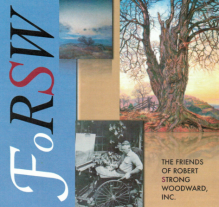Quick Reference
c. 1928
Buckland, MA
Oil on Canvas
Landscape
Farms
25" x 30"
Southern Vermont AA, 1928
J.H. Miller Galleries, 1928
Stockbridge (MA) AA, 1929
> Accolade: Prize in Painting
Myles Standish Galleries, 1931
A.A. Munson & Sons, 1931
Smith College, 1931
Southern Vermont Artist, 1931
Mount Holyoke College, 1931
Amherst College, 1932
Williston Academy, 1932
Deerfield Academy, 1932
Mr. George D. Pratt
Unknown
Related Links
- See also the...
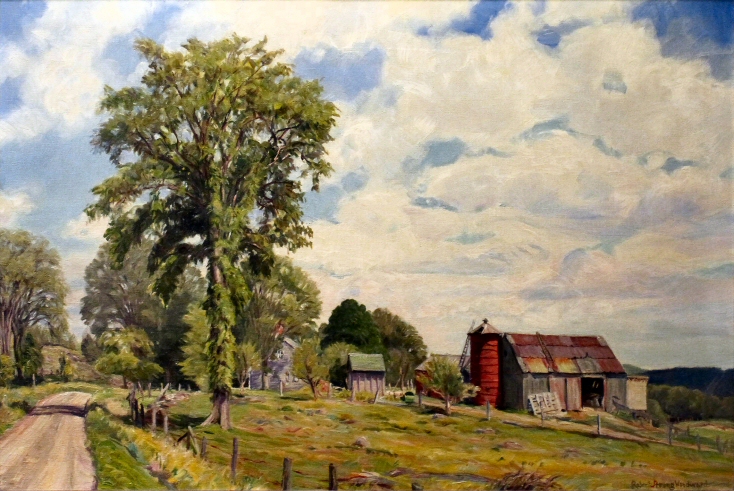 Farms Gallery to view related pieces.
Farms Gallery to view related pieces.
- See our page devoted to ...
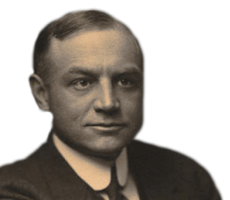 industrialist George D. Pratt
industrialist George D. Pratt
- See also the...
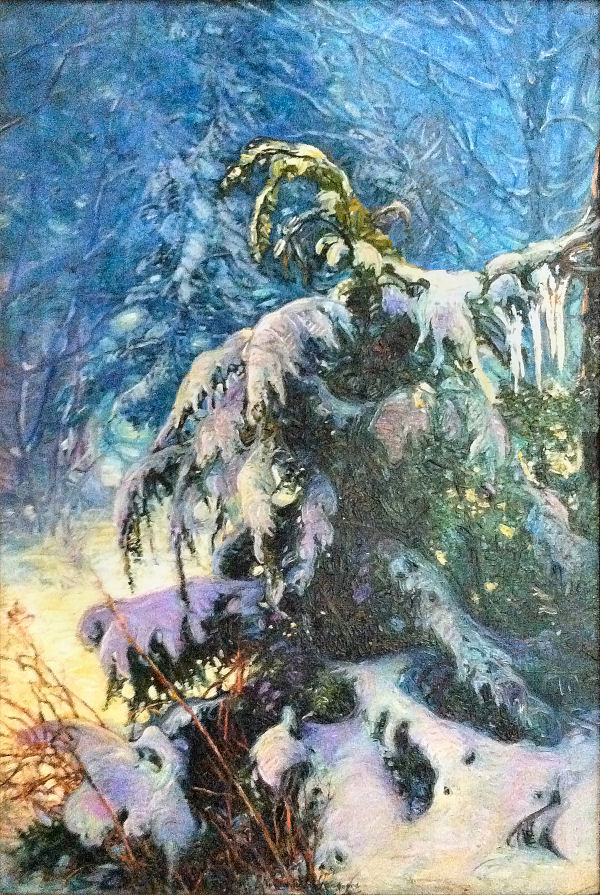 Snow on the Ground Gallery to view related pieces.
Snow on the Ground Gallery to view related pieces.
- See also the...
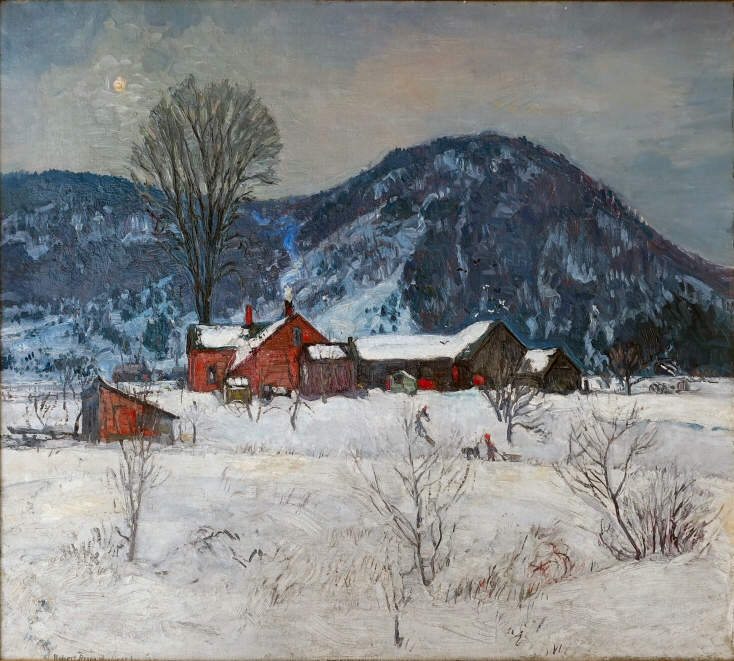 Purinton Hill for related pieces.
Purinton Hill for related pieces.
- See also the...
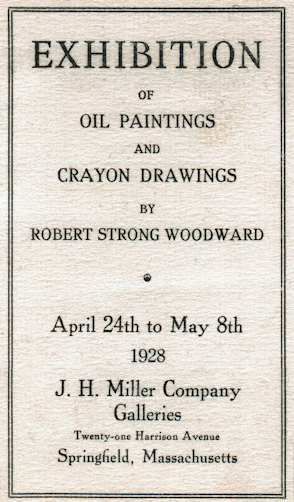 Exhibition List for a complete list of events
Exhibition List for a complete list of events
- See also the...
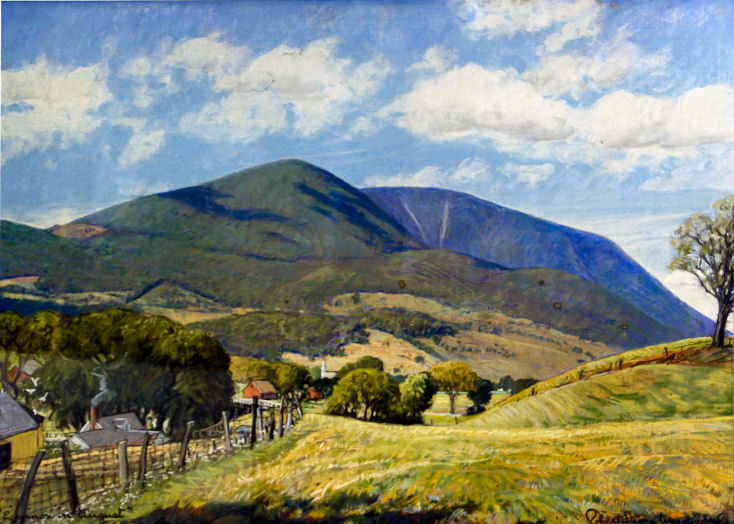 Mountains Gallery to view related pieces.
Mountains Gallery to view related pieces.
Featured Artwork: New England Winter 

This image is taken from the Springfield Union and Republican, September 8, 1929, issue found in RSW's scrapbook
Click here for a high resolution image of the above image
RSW's Diary Comments

 Under the Hill, c. 1925, 27" x 30"
Under the Hill, c. 1925, 27" x 30"
"Painted prior to 1928. A painting of Victor Peltier's house and elm with Purinton Hill in background, the second canvas I made of the same subject. The first one called Under the Hill, 25" x 30", was bought by Eugenia B. Frothingham from my Lyman exhibition. This second one of the same subject and slightly different composition was bought by the oil magnate, Mr. George D. Pratt of Glen Cove, Long Island, N.Y. from my exhibition at Deerfield Academy in 1932. Since his death it is now owned by Mrs. Pratt?"

 An image from famed American
An image from famed American
artist Edward Hopper's painting diary
Editor's Note regarding diary entry:
Just looking at the picture of Under the Hill, above, one can see with the naked eye that this painting has an entirely different aspect ratio than the image above, New England Winter- rectangular vs. square. Woodward even gets the size of Under the Hill wrong.
While we do not like to point out these
mistakes, we feel it necessary but also offer this explanation. The artist, (1) did not
begin the diary until the 1940s; (2) he did so almost entirely from memory, not using
any of the wealth of information we use today to verify their facts- his scrapbooks and
records; and (3) it was not his idea to make a diary. It was
Dr. Mark's and supported by Woodward's good friend
F. Earl Williams, so we are now realizing that he may not have been that into it. We
can promise you, if it were his idea, he would have put his all into it and it would have
been an encyclo-pedia like Edward Hopper's sample to the right.
More notes on the two paintings below ⮟
Additional Notes

 For this headline we highlighted
where it says "Prize for Painting" with an image of Clark Vorhees's, "Bermuda Beach," and Robert Strong Woodward's,
"New England Winter." However, the article does not name what prize or how many prizes. [Springfield Sunday Union
and Republican, September 8, 1929] SEE FULL ARTICLE HERE
For this headline we highlighted
where it says "Prize for Painting" with an image of Clark Vorhees's, "Bermuda Beach," and Robert Strong Woodward's,
"New England Winter." However, the article does not name what prize or how many prizes. [Springfield Sunday Union
and Republican, September 8, 1929] SEE FULL ARTICLE HERE

 The New York Times, Sep. 7, 1929
The New York Times, Sep. 7, 1929
This canvas is as celebrated as any of Woodward's other canvases; it exhibited at a number of, either the artist favorite events, or biggest ones, such as his first showings at Smith, Mount Holyoke, and Amherst colleges, as well as schools he has strong connections to, like, Williston and Deerfield; there is also a two year gap where there is no record of it exhibiting suggesting it either hung some place special to him on loan or it was one of his many paintings to tour with the American Federation of Art traveling exhibits blanketing the country. This gap also coincides with the timing just after Stockbridge and its unnamed prize which would make sense considering the import of that show. We know it was not the TOP prize, but neither article gets into specifics.

⮜ We tried to give some life to the picture we have by taking from Under the Hill and placing it super-imposed on top. Unfortunately, we could not get it to fit due to the difference in aspect ratios. What you see is all we could fit.
---------------------------------------------------------------------------------------------------------------------------------

 Pratt's picture from an unknown publication
Pratt's picture from an unknown publication
Woodward names the buyer of this painting as George D.
Pratt. A graduate of Amherst College, Pratt was not only an oil magnate but founder of the Pratt
Institute, a founding board member of the Boy Scouts of America and a prolific collector of art. He
(and his estate) have made numerous contributions and gifts to many museums.
It was purchased
from Woodward's 1932 exhibit in the brand new dormitory on the Deerfield Academy's campus. This
exhibit was set to run from June 6, 1932, to the 20th. Because it was after the school's graduation, we
believe the event was for the many alumni that would be visiting for reunions and school business before
administrators break for summer vacation. However, it was so popular and also greatly admired by
Deerfield's headmaster, Frank L. Boyden, the namesake of its library, that it was extended through
graduation to reunion weekend and up to July 3rd at Boyden's request. Woodward compiled with the
exception of two paintings which were already under contract and committed to other exhibits. It is
not known if Pratt was a graduate of the academy or in the area with friends who were.

.png)
